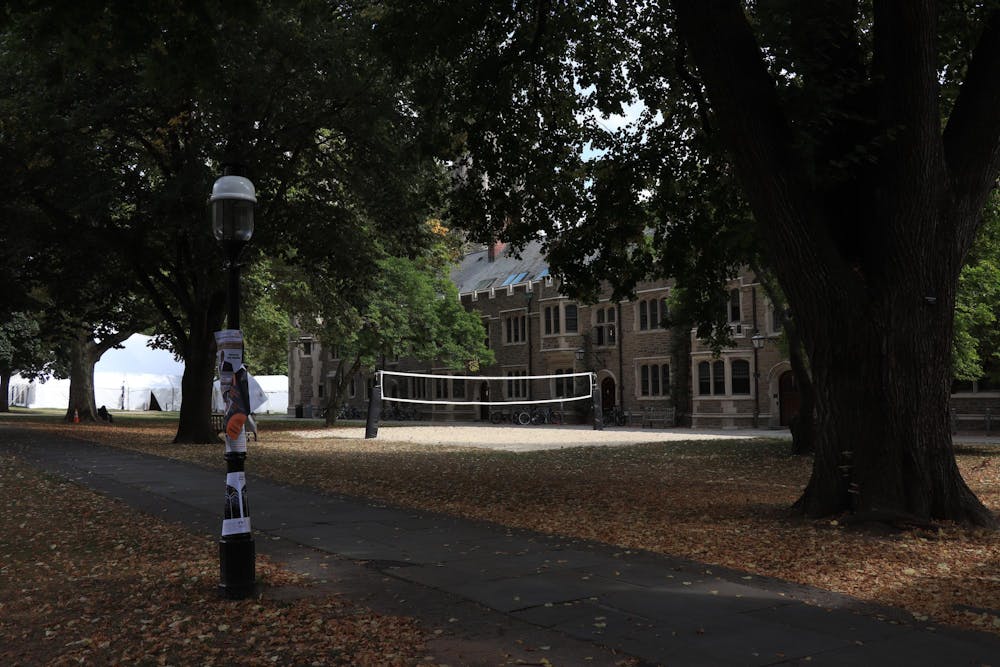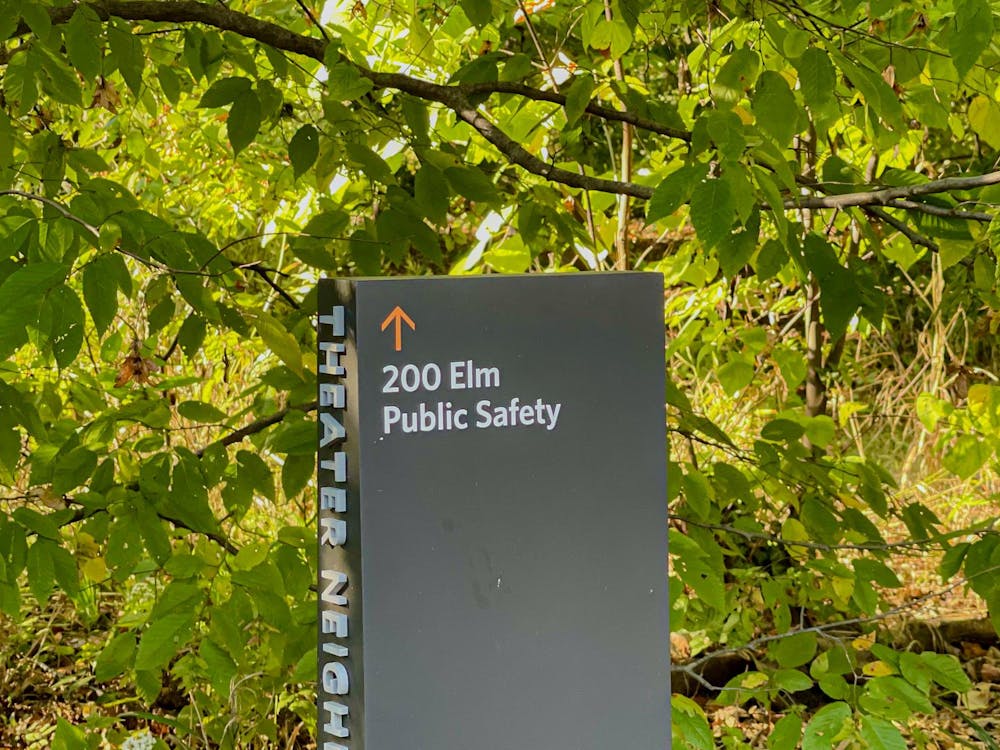The leaves have begun their descent on Princeton’s lawns, pathways, and roofs. A little over a week past the first official day of autumn, Sept. 22, the colors of Princeton are beginning to change from lush greens and some browns after a dry, hot summer to reds, oranges, and golds. However, the leaves are not the only things falling on campus. Two trees have been cut down this season so far: one in Joline courtyard and one tree on Cannon Green.
According to Robert Staudt, the assistant director of Princeton Campus Grounds, the Grounds Team does not cut trees down on campus unless it is absolutely necessary.
“Most of the time, we do not like to cut anything down, unless it is diseased, dead, decayed, or becoming a safety hazard. We try to get it better before chopping,” Staudt said.
Though Staudt did not know the particular reason for the removal of the tree in Joline courtyard, the one on Cannon Green, an ash tree, was decayed to the point of danger. Per Staudt, the tree had been infected with the emerald ash borer, a species that has “devastated ash trees throughout the Northeast.”
Members of the Princeton community can expect new plantings on Cannon Green in the spring to replace the recently cut ash tree.
“[The Grounds Team] will come back in and plant some more [trees] up on Cannon Green, and maybe move them out a little bit more now that Class Day [is held] there. We'll make it better for events that happen on Cannon Green,” Staudt said, referencing how more university-wide events like Pre-Rade and graduation are held outside, often in summer heat.
Staudt told The Daily Princetonian that Princeton’s landscaping is specifically designed to showcase fall foliage, referring to the fall as Princeton’s “shoulder season.”
“We pick native trees with better fall foliage than other trees,” Staudt says. “We also think about yellows and reds and where they go and how they mix together.”

Though the landscaping design has been modernized somewhat, the plan set out by Princeton’s original landscape architect, Beatrix Jones Farrand, in 1912 remains the vision today. Farrand established the “ivy” look of the campus.
As for the leaves, Staudt said, “We’re probably going to have an earlier fall season, and maybe not quite as vibrant as in other years due to the drought and the dryness we got this summer, but we’ll still see some of those pretty colors though they are falling earlier.”
Though this season may not be Princeton’s most colorful in recent memory, Princeton’s walkways, lawns, and plant beds will soon be filled with leaves. Mediation and clean-up of fallen foliage began this week.
The early fallen leaves “get mulched” by lawnmowers, as the Grounds Team cuts the grass in order to keep it maintained at a certain level. Throughout autumn, the Grounds Team will continue raking leaves out of the beds, again mulching them with a lawnmower. After the leaves are mulched, they will be blown back into the beds, adding the natural organic matter right back into the flower beds in preparation for the spring season.

“We don’t throw the leaves away,” Staudt said. “We reuse them fully.”
The leaves are turned around four times and chopped up every nine months. After being left to decompose over winter, spring, and summer, the leaves are chopped up for Princeton’s own special blend of planting soil that the Grounds Team makes on site.
“It makes it special to work here. Princeton has a good outlook, and [the Grounds Team] gets to do some things right,” Staudt said. “We have the ability to ask, experiment, and do things the right way when we can.”
Hallie Graham is a staff News writer for the ‘Prince’ from Nashville, Tenn.
Please send any corrections to corrections[at]dailyprincetonian.com.








